What inclusive mobility solutions can improve the accessibility of public transit? Are they cost-effective? The answer lies with phygital…

Accessibility for All: Why Removing Barriers Benefits Us All

Accessibility for All: Why Removing Barriers Benefits Us All
For sure, accessibility for all isn’t something to take lightly. And neither is it something that can easily be discarded considering that over 1 billion people in the world have disabilities. We, as world’s citizens, all have a part to play in creating a safe and comfortable place for everybody.
Because that’s what accessibility for all aims at: improving everybody’s lives, starting with some of the most vulnerable populations. People with disabilities face a whole different world than the one “able” people live in.
But we share common points and situations where accessibility for all takes its full meaning and truly improves our lives whether we are shopping, commuting, using our phone, wandering in a museum or the streets…
Let’s see what accessibility can do for us all! And how we can design it to suit us! You’ll discover that some technologies we use every day come from accessible solutions!
What’s accessibility for all?
Accessibility for all suggests that we are all concerned about this concept, regardless of our profile. Thus, whether some of us are visually impaired or have motor issues or are simply older or have none of the above, accessibility represents a goal for all of us to reach.
A reminder of what accessibility entails: enabling everyone to have access to everything. It occurs when obstacles are removed. For example, when an elevator is installed instead or in addition to stairs in a building for wheelchair users or when adapted equipment is provided such as screen readers for visually impaired people to use their smartphones.
Consequently, the goal of accessibility is to find accommodations so that people with disabilities can have the same experiences as any other person, whether they’re in a public venue or at home.
Taking into account that accessibility is about making sure people with disabilities have the same chances and access as anybody else, can there be one solution to suit everybody? Especially since there are a lot of different disabilities and types.
Well, that’s universal design’s take: one solution that meets everyone’s needs. Let’s take the example of a video. If it both has audio and captions, it can be as accessible for visually impaired people as it is for those with a hearing impairment. Plus, if the language used in the video is clear and easily understandable, people with an intellectual disability can also enjoy it. As for users with no disabilities, they can watch the video on the subway without bothering other riders simply by muting it and reading the subtitles.
Considering that in 2019, there were 3.97 billion Internet users in the World, a number constantly on the rise, digital accessibility for all is more than necessary.
And it’s also mandatory as stated in the Americans with Disabilities Act (ADA). Making sure a video is captioned is just one task among others. Another useful tip we can all follow is providing alt text for online images. In that way, blind or visually impaired users aren’t excluded. They can easily access the same content as any other user.
For those who would like to know more on this field, check out our article:
Digital Accessibility: Why? For Whom? How?
How to design for all?
Now that we all acknowledge that there are indeed solutions that can be accessible to everyone, only one question remains: how can we design for all?
What’s to keep in mind is that accessibility for all concerns and impacts all aspects of our lives: the college we study to, the shopping mall we do our Christmas shopping in, our place of work, the restaurant that serves our favourite meal, the museum that enlightens us, the public transit we use to commute every day… To sum up, the very city we live in.
For people with disabilities to get around freely and in complete autonomy, how can designers, architects and city makers conceive a city that’s accessible to them and ultimately to all?
By applying one simple rule: when it comes to designing a venue, a park or a subway station, always put yourselves at the shoes of users with disabilities. Show empathy and open mindedness to understand their needs and meet them. And also, think of accessibility at the earliest stage of your design process.
This means asking directly to those involved: associations representing people with disabilities. What are their needs? What can you do to make them heard? You’ll be sure to implement solutions that are truly useful and helpful for all.
Focusing on a user-centered approach is one of the key components of inclusive design. A concept that provides accessibility for different groups of people. Inclusive design acts as in between accessibility and universal design. But what matters here is that there’s constant research and feedback from users with disabilities to make sure that the solution perfectly meets their needs.
And for the urban planners among you, designing for all can be a simple thing such as lowered sidewalks. They’re essential for wheelchair users and pedestrians with reduced mobility who use a walker or a cane to get around in the city without any difficulties. But lowered sidewalks are also useful for people carrying luggage or pushing a stroller or even for children.
Every little thing implemented counts, especially regarding accessibility for all. If you take the example of the European Union, since 2010 they’ve been rewarding the most accessible European cities with an access city award.
This award represents the perfect opportunity for candidate cities to shine and show how they’ve enhanced equal access and inclusion for all their inhabitants. From ensuring barrier-free accessibility in buildings, streets and natural spaces to providing accessible buses and metro networks and easy-to-understand information.
Check out this year’s initiatives with this downloadable report on Examples of best practices in making EU cities more accessible!
It’s true that cities from all over the world are renewing themselves and are rethinking what they can provide their citizens with. New York City is living proof: the Big Apple happens to be a trailblazer in the latest innovations regarding inclusive mobility!
Indeed, New York City’s bold take on mobility issues has permitted it to implement an indoor navigation app designed especially for people with disabilities. The app Evelity, installed at Jay St-MetroTech subway station, provides step-by-step instructions according to the user profile. For blind and visually impaired users, Evelity gives audio instructions but for deaf and hearing impaired users, the app gives textual information. The optimized routes it offers enable wheelchair users to avoid being confronted to stairs. As for users with a mental impairment, Evelity gives easy-to-understand information to help them get around without having to depend on someone else.
This type of solution demonstrates exactly what accessibility for all means: a one-size-fits-all solution! Because if Evelity guides users with disabilities in a complex venue, it can also help any other type of users find their bearings in an unknown and maze-like facility.
Examples of solutions that were first invented to help disabled people but are now commonly used today
If the app Evelity isn’t currently being used in every major public transportation system of every large city, other solutions which were first designed for people with disabilities are now part of everyday lives. You’ll be surprised by some of them!
The remote control: we use it without even thinking. Can’t move because your cat is taking a nap on your knees but you want to change channels? That’s simple: just use your remote control. Thanks to it, we barely need to lift a finger to watch TV. And that’s what its sole purpose has been!
Indeed, the wireless remote control was first invented in 1955 for people with limited mobility by American engineer Eugene J. Polley! An invention that also improved the lives of the elderly and is now a convenience for all of us.
The typewriter: well, alright, we may not use it anymore but we can sure look at it as the computer’s ancestor. Francesco Rampazatto, an Italian inventor, created a typing instrument in 1575. The device was composed of cubic wooden embossed characters to help blind people communicate with others.
The telephone: we all know it was invented by Scottish engineer Alexander Graham Bell in 1876 (of course we all knew that). But what may be less known is that Alexander Graham Bell was strongly involved with the deaf community having a wife and a mother that were both deaf. He taught people with a hearing impairment and that’s his work with them that gave him the idea of “electronic speech” that turned into the telephone.
The office scanner: another invention that emerged from meeting the needs of disabled people. In 1976, American engineer Ray Kurzweil invented a reading machine to transcribe written text to blind people after meeting a blind man who told me he’d like books to tell their stories. To do so, Ray Kurzweil had to conceive a flatbed scanner and a text-to-speech synthesizer, two technologies that were unheard of at the time. His invention evolved to turn into the office scanner many of us use every day.
SMS text messages: even though the first SMS was sent in 1992 by one of the engineers who worked on developing this type of communication, British Neil Papworth, the idea of text messages actually emerged in 1984. Finnish engineer Matti Makkonen came up with it as a way to communicate with deaf people. Thanks to the work of both engineers, now billions of texts are sent each day worldwide!
For sure, without these groundbreaking innovations, our lives wouldn’t be what they are today. We use them on a daily basis and yet we probably take them for granted. But what an eye-opening experience to realize that these innovations emerged thanks to engineers who first focused on improving the lives of disabled people!
We can only but wonder what other innovative solutions will see the day, solutions that benefit us all. Because it seems that inclusion was what guaranteed the success and the longevity of these major innovations from the two last centuries.
Why does accessibility for all matter?
Now, you’re starting to understand why accessibility for all is so important. And the key role of thinking in terms of inclusive solutions.
As we’ve mentioned at the beginning of this article, over 1 billion people in the world have disabilities. That represents roughly the whole population of India! We need to remove accessibility barriers now!
Especially since there’s a growing aging population. According to the United Nations, by 2050 one in six people in the world will be over the age of 65. In 2019, it amounted to one in eleven. As you’ve realized, this type of population is concerned with accessibility issues and ultimately, accessible equipment: easy-grip handrails, contrasting and non-slippery stair nosing, universal pictograms… Seeing that we’re all getting older, we may need accessible solutions later on in our lives.
But it’s true that when we think of disabilities, wheelchair users are usually the ones that first come to mind. It’s simply due to the fact that people with motor disabilities have the most “obvious” disabilities, as in the most visible ones. The thing is that there is a whole range of disabilities and that most of them are invisible. It means that at first glance you can’t know if someone has a disability. It’s only when you see this person struggling at a task that you realize they might have a disability. For example, deafness doesn’t appear obvious when you pass strangers in the streets.
Invisible Disabilities: 80% of Disabled People Are Concerned!
Disabled people and the elderly aren’t the only ones to be concerned by accessibility issues. Indeed, we can all at some point be in an incapacitating situation. How can you use the subway with a broken leg? How can you find your bearings in a venue when you can’t speak the language of the country you’re visiting? Or what does it happen when one of your relatives is diagnosed with Alzheimer’s? You may need to act as caregiver so what can you do to make the living conditions of your relative more suited to their needs?
That’s why accessibility for all matters… You never know what life has planned for you. Besides, it’s unfathomable to enjoy all the opportunities the world has to offer knowing that over 1 billion people experience difficulties accessing them! This way of thinking makes us grow, feel stronger as empaths and act to make the world accessible to all! We all benefit from accessible solutions, regardless of our profile.
As Neil Armstrong would have put it, accessibility for all represents one small step for man and one giant leap for mankind. So are you ready to aim for the moon with us? Inclusion is within our reach!
Check out another area where disabilities inspire change and improvement:
Disability as an Innovation Driver for the Smart City
Published on October 15th, 2021
media

When it comes to designing a venue, a park or a subway station, always put yourselves at the shoes of users with disabilities. Show empathy and open mindedness to understand their needs and meet them. And also, think of accessibility at the earliest stage of your design process.
writer

Carole Martinez
Content Manager
stay updated
Get the latest news about accessibility and the Smart City.
other articles for you
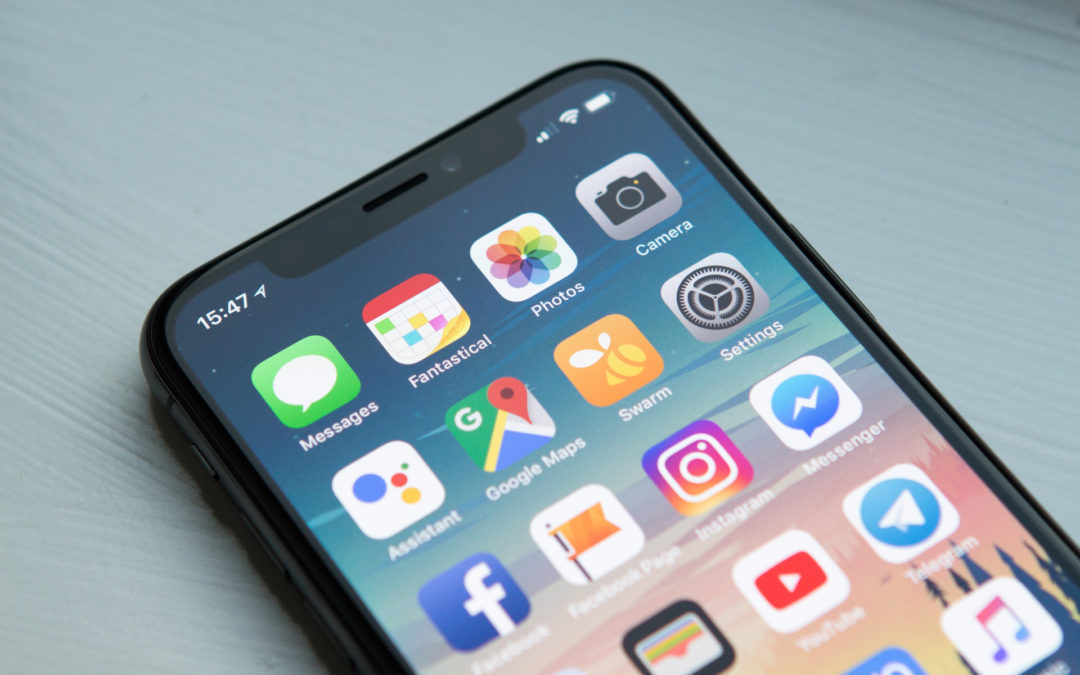
5 Must-Have Apps for People with Intellectual Disabilities
There are a lot of apps for people with intellectual disabilities to help them be organized and remain autonomous.
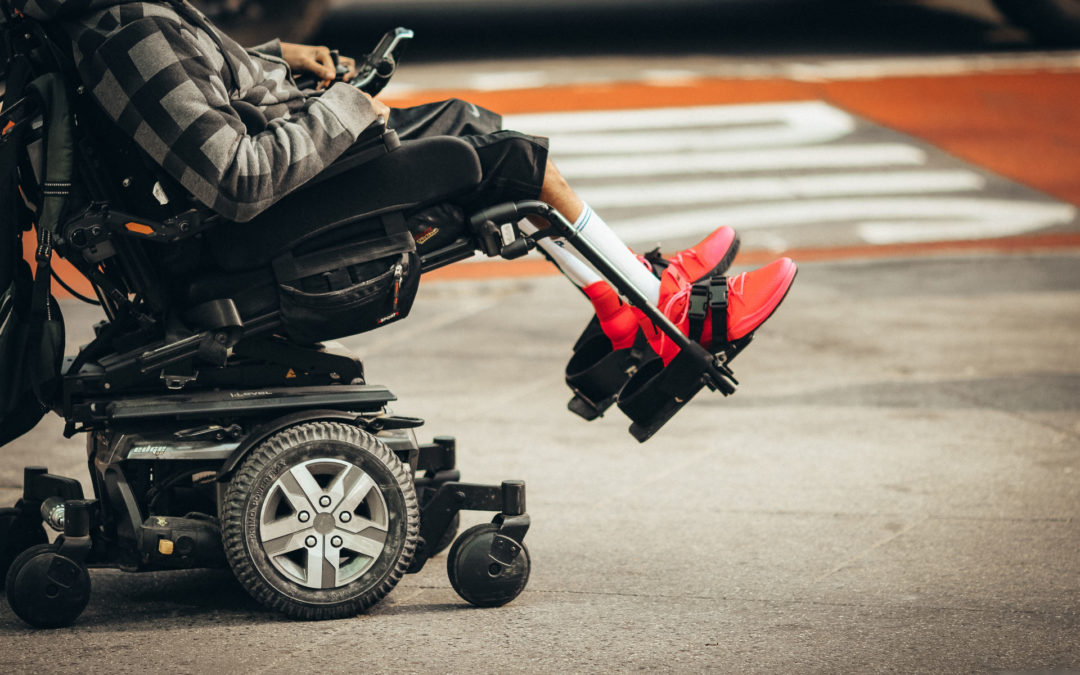
What Accessibility Solutions for Different Types of Physical Disabilities?
There are a multitude of physical disabilities and consequently, people with different ways of getting around. What about improving accessibility for them?

How Innovation Promises to Revolutionize Accessibility in the New York City Subway
The MTA has turned to innovative solutions to improve the accessibility of its network!

Hearing Impaired People: a Multitude of Profiles for Different Needs
You may be familiar with deaf and hard of hearing people but there’s actually a whole range of hearing impairments!
share our article!
more articles

Hearing Impaired People: a Multitude of Profiles for Different Needs
Hearing Impaired People: a Multitude of Profiles for Different Needs Did you know that hearing impaired people have several profiles and that the way they identify themselves is important? You may be familiar with deaf and hard of hearing people but for each of...

The Montreal Metro on the Way to Universal Accessibility
The Montreal Metro on the Way to Universal AccessibilityWith 1.36 million passengers per day, the Montreal metro is the first network in Canada and the third in North America behind New York City and Mexico City. The network, which was inaugurated on October 14, 1966...

Creating an Accessible and Barrier-Free Society Through Inclusive Design: a Constant Renewal
Creating an Accessible and Barrier-Free Society Through Inclusive Design: a Constant Renewal Le design inclusif joue un rôle majeur dans l'amélioration de l'accessibilité. Bien que ces deux concepts ne recouvrent pas exactement les mêmes idées, ils sont...
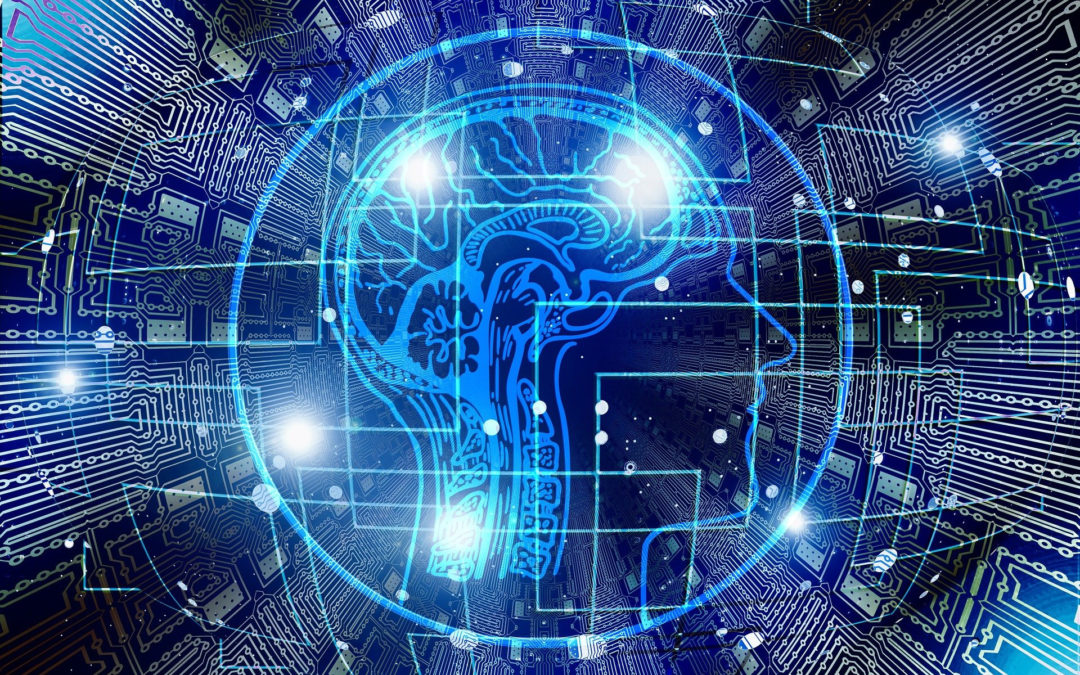
Artificial Intelligence and Accessibility: Examples of a Technology that Serves People with Disabilities
Artificial Intelligence and Accessibility: Examples of a Technology that Serves People with DisabilitiesBeaucoup d'entre nous pensent que l'intelligence artificielle est une notion abstraite et futuriste que l'on ne voit que dans les films de science-fiction, avec ses...
NEVER miss the latest news about the Smart City.
Sign up now for our newsletter.
Unsubscribe in one click. The information collected is confidential and kept safe.
powered by okeenea
The French leading company
on the accessibility market.
For more than 25 years, we have been developing architectural access solutions for buildings and streets. Everyday, we rethink today’s cities to transform them in smart cities accessible to everyone.
By creating solutions ever more tailored to the needs of people with disabilities, we push the limits, constantly improve the urban life and make the cities more enjoyable for the growing majority.





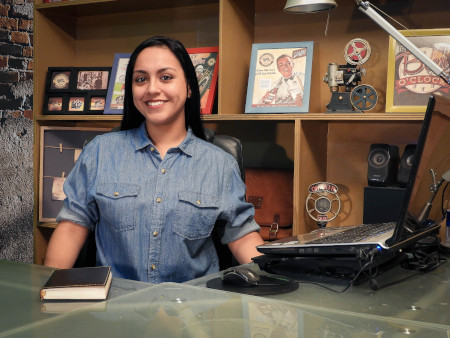




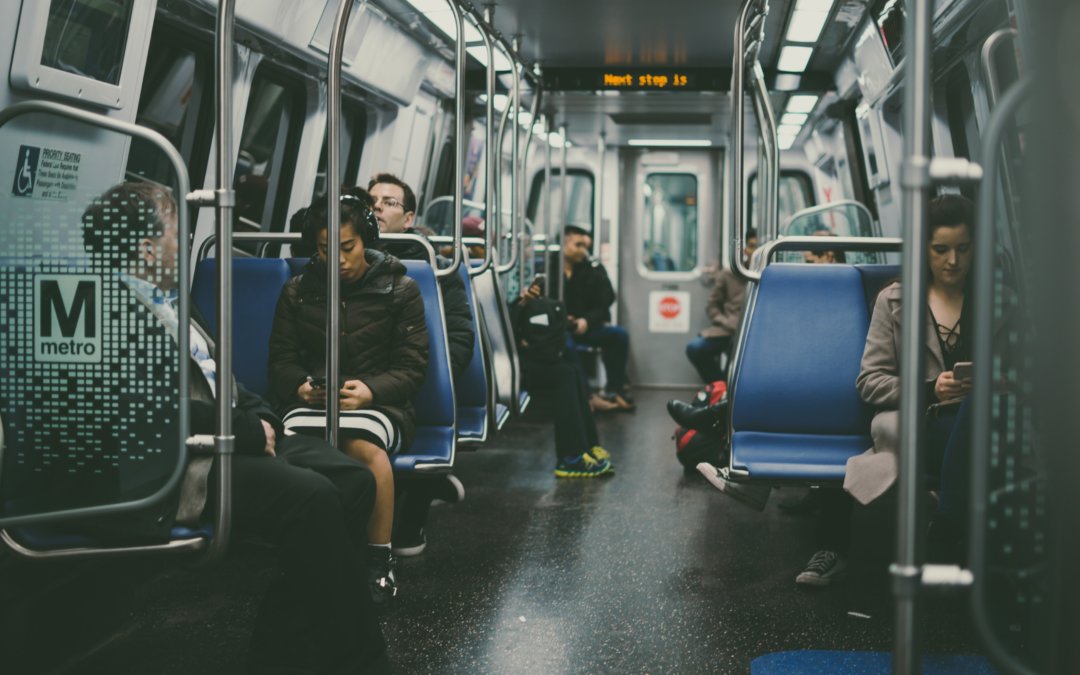






Recent Comments